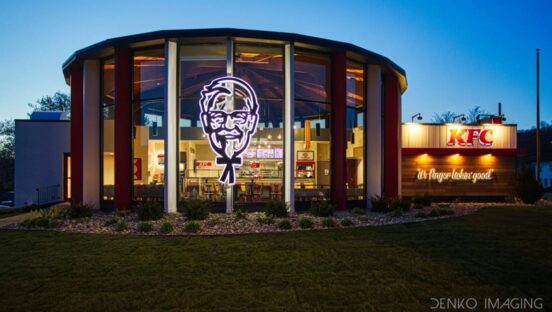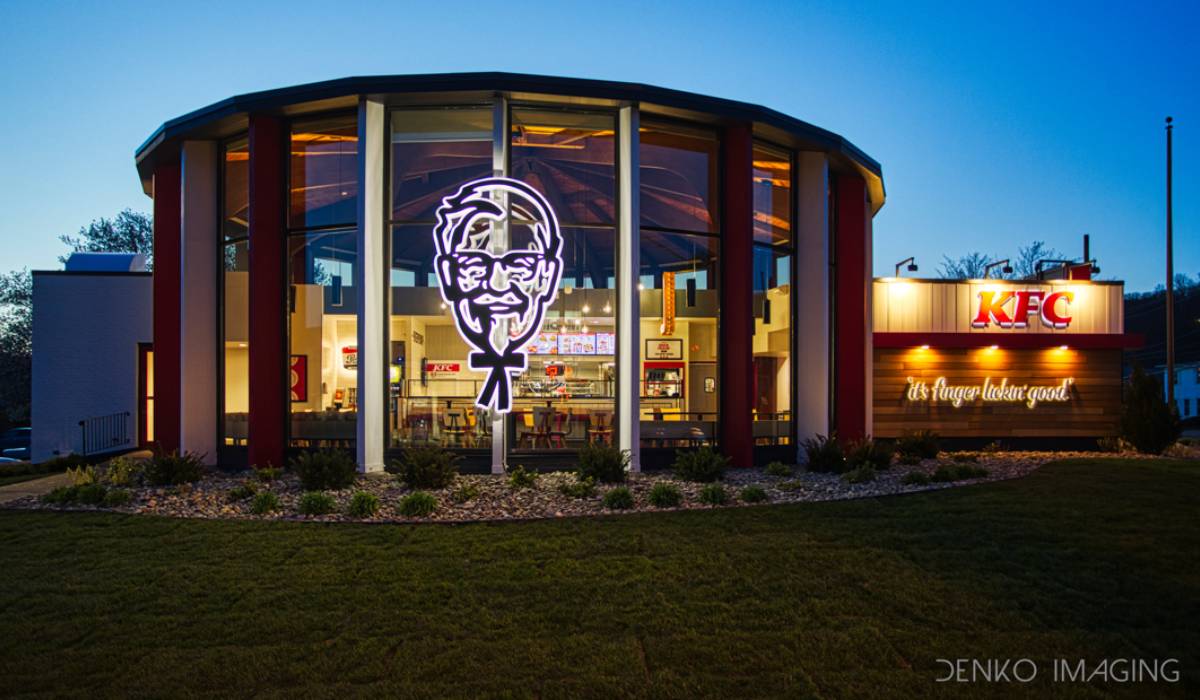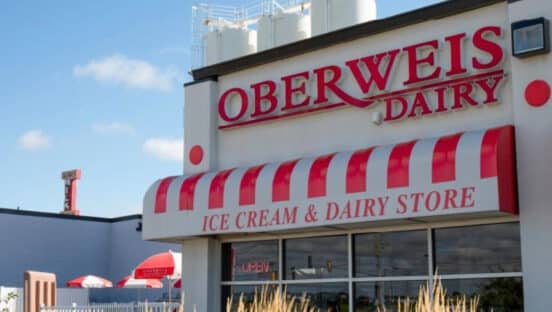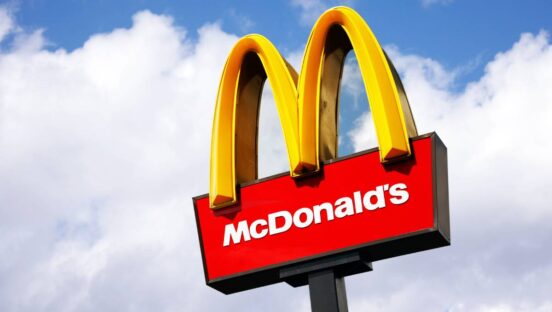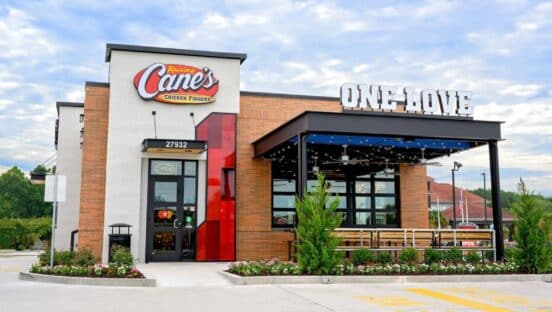Restaurants might truly, at last, be approaching the beginning of the end of COVID-19. That in itself is a phase that won’t be simple to navigate, but brings forth optimism nonetheless. Roughly a year removed from the drop-off point that triggered an industry-wide scramble, operators are starting to talk about what’s next, or a renaissance period where pent-up demand provides a one-two punch restaurants haven’t quite packed before. Not to this level. Dine-in, plus an elevated digital field fueled by months of lockdown behavior.
Yet with disruption often comes a fundamental shift in consumer expectation. What are the table stakes of a post-COVD world? Has the price to entry changed?
The clearest point for restaurants is visit criteria. Why guests chose one restaurant over another has adjusted. And that’s going to linger.
Paul Mangiamele, CEO of Bennigan’s, says light at the end of the COVID tunnel isn’t a signal to get slack. “It’s not we just have to get past it,” he says. “It’s like yep, put in place some solid programs that will address all of these different areas so not only can you continue to be in business, you can grow your business when we do see some normalization.”
Customers placing a high value on sanitation standards offers a different competitive dimension after COVID. Simon-Kucher & Partners, a global strategy and marketing consulting firm that works with brands like Chick-fil-A, Shake Shack, and Qdoba, shared an exclusive study with QSR on the “new normal for restaurants.” We’ve all heard this phrase throughout the past year (more than once). Only now, it’s starting to come into focus as it comes into practice.
To get a sense of how critical this could be, Simon-Kucher & Partners asked nearly 600 U.S. consumers not only if sanitation mattered to them (it did, of course), but whether or not they’d actually open their wallets for it.
As you can see below, the answer was resounding.
[image source_ID=”129334″]
Historically, there’s always been a large subset of consumers willing to trade-off value. Whether that’s for quality, service, or even taste. The price sets the expectation. Will the same be true regarding safety and sanitation, though? Can you skirt in favor of something else? Or has outward and visible cleanliness become “table stakes?”
Below is a look at what’s driving guests into restaurants. The two significant increases involve “sanitation standards” and “food temperature.” The latter reflects an increase in delivery, app, and alternative channel ordering and consumption of late, which drives awareness of temperature (did my food show up hot?). Simon-Kucher & Partners said innovative business models, such as delivery as a service, ghost kitchens, etc. will enjoy greater potential as a result.
[image source_ID=”129336″]
But getting back to the former point, Simon-Kucher & Partners said lower menu pricing is not receiving the same attention as food safety in a post-COVID vision. Sanitation standards has become a top purchase criteria. It was not before COVID.
Here’s a look at practices themselves.
[image source_ID=”129337″]
Another way to envision it.
[image source_ID=”129338″]
There is opportunity. “Pent-up” demand won’t be restricted to more guests equal more dollars. Restaurants could see increased willingness to pay, which offers a chance to capture additional revenue through a reset in expectations.
“Making consumers feel safe and the need to continue to develop digital offerings have accelerated through COVID-19 and are not going away,” says Dave Clement, partner at Simon-Kucher. “Restaurant cleanliness has always been important to consumers but sanitization standards have now become top of mind due to the pandemic. This does not apply solely to tactics utilized in-store—e.g. hand sanitizer for guests and employees, more frequent cleaning, etc.—but also is relevant in alternative channels with contactless pick-up / delivery functionality and overt communication of safety measures brands are taking across their ecosystems.”
[image source_ID=”129339″]
In Q4 of 2020, Simon-Kucher & Partners asked customers if they’d be willing to pay more. It was down 11 percent. After the pandemic? It’s up 6 percent, meaning consumers’ willingness to pay once they can dine out safely again is greater than before the crisis.
Opportunity then, can come through extracting increased willingness-to-pay expected after the virus.
Naturally, there is price sensitivity by segment. Every brand has a core guest and a role to play. Strategic price increases are needed instead of just pulling the lever and charging more. Lower income and younger consumer groups continue to place higher importance on price compared to others, Simon-Kucher & Partners said.
[image source_ID=”129340″]
The barbell menu approach was key for quick service, and casual dining, before anybody heard of COVID. It will remain so after. Value to get people through the door, and value for those who need it. Then let them climb the premium ladder.
Even with a broader willingness-to-spend among consumers, “value seekers” aren’t going away. And the economic picture will feel cloudy for a while. A near-term thing to consider, however, are stimulus checks and an anticipated boost in spending.
Below is a look at how this segment conversation might unfold.
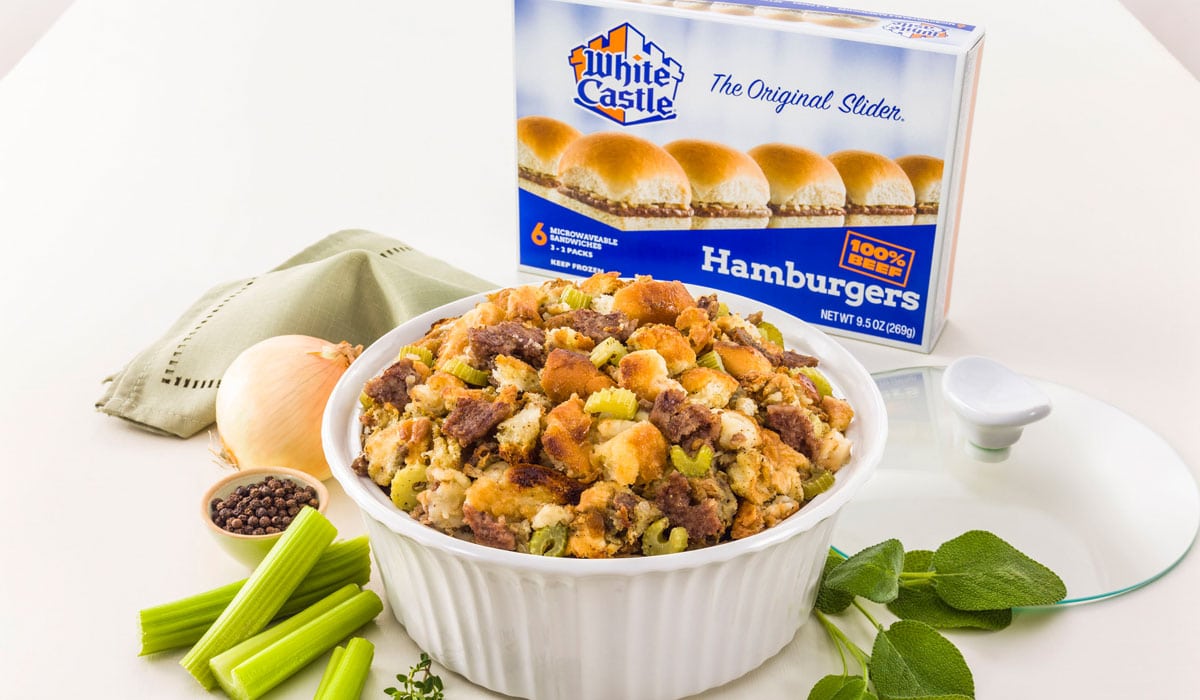
Thinking beyond
Philip Daus, managing partner and head of the North American Restaurant Practice at Simon-Kucher, says there are a number of factors that will change how guests pick restaurants in a post-COVID era. As covered, the perception of sanitation standards is chief among them.
But there are other factors at work. “Presence in the third-party delivery app of choice is key to avoid churn in a digital world—chains will need to be present in all big players such as UberEats, Doordash, and Grubhub,” he says. “In that context, being smart about delivery fees and menu price inflation versus in-store pricing is becoming absolutely critical. Lastly, chains with a clear loyalty strategy, who invest in customers with high lifetime value and reduce churn proactively, will have an edge over competitors.”
Fast food spiked during COVID as guests traded down and sought the most readily available channels. Drive thru, digital, etc.
Simon-Kucher & Partners’ study suggests that dynamic will slide to normal over time.
Restaurant type purchase evolution prior to, during, and after COVID-19
Percentage of restaurant meals
Pre-COVID
- Fast food: 39 percent
- Fast casual: 23 percent
- Casual dining: 26 percent
- Fine dining: 11 percent
Q4 2020
- Fast food: 47 percent
- Fast casual: 20 percent
- Casual dining: 21 percent
- Fine dining: 12 percent
After COVID
- Fast food: 39 percent
- Fast casual: 23 percent
- Casual dining: 27 percent
- Fine dining: 11 percent
This isn’t entirely surprising. Much of fast food’s boom was tied to mandates over straight-lined demand. Who was open and who wasn’t. Also, sit-down chains tried to serve a category they had little experience in before. They had to cross awareness gaps quick service left behind decades ago.
For instance, nobody thought twice about getting McDonald’s takeout in April 2020. At their favorite steakhouse restaurant? A different idea.
Which brings us to the less stable corner of COVID’s disruption. Yes, customers are going to return to dine-in-centric brands in time. But they’re not going to abandon digital activity in full as they do so.
Order channel evolution prior to, during, and after COVID
Percentage of restaurant meals
Pre-COVID
- In-store: 51 percent
- Drive thru: 26 percent
- App/website: 23 percent
Q4 2020
- In-store: 36 percent
- Drive thru: 33 percent
- App/website: 31 percent
After COVID
- In-store: 46 percent
- Drive thru: 27 percent
- App/website: 27 percent
“As COVID transitions into becoming an endemic, and as a significant numbers of consumers will remain reluctant to share space at a restaurant even as mask requirements are lifted, tackling operational challenges will continue to be important,” says Patrick Ding, consultant at Simon-Kucher. “Best-in class restaurants create a hassle-free curbside pick-up and drive-thru experience and invest in related value drivers such as adequate packaging to assure food temperature. We also see more players invest in their own fleets to speed up delivery times.”
Just like menu price and other trends, the stickiness of which digital channel gets a COVID bump will vary across segments as the pandemic ends.
Digital channel share of meal orders after COVID by consumer segment
Percentage of restaurant meal orders via app/website
Urbanicity
- Rural: 22 percent
- Suburban: 24 parent
- Urban: 33 percent
Income level
- Lower: 25 percent
- Middle: 24 percent
- Upper: 33 percent
Age
- Young: 36 percent
- Middle: 28 percent
- Senior: 9 percent
So urban, upper income, and young guests are going to be most likely to tap digital channels after COVID.
What’s important to note, too, is the proliferation across the lexicon. Some part of every demographic is going to consider digital in the future. That wasn’t the case previously. Or at least it was so minimal it wasn’t worth investing toward. Customers tried digital this past year out of pure necessity. It’s in their playbook now, even if it’s not their preferred option.
Per Simon-Kucher & Partners’ study, restaurant websites and apps will figure more prominent than third-party apps, especially for quality-focused customers.
Percentage of app orders by app type after COVID
- Restaurant website/app: 57 percent
- Third-party app: 43 percent
The key value drivers for guests leaning toward direct apps and sites: cleanliness, food quality and taste, and speed of service.
For third-party app loyal users: Price and promotion availability.
Similar to app/website ordering, gains in delivery, curbside, and drive thru should last beyond the crisis.
Consumption method prior to, during, and after COVID
Percentage of restaurant meals
Pre-COVID
- At restaurant: 40 percent
- In-store pickup: 19 percent
- Drive thru: 22 percent
- Curbside: 7 percent
- Delivery: 12 percent
Q4 2020
- At restaurant: 19 percent
- In-store pickup: 22 percent
- Drive thru: 30 percent
- Curbside: 12 percent
- Delivery: 16 percent
After COVID
- At restaurant: 35 percent
- In-store pickup: 18 percent
- Drive thru: 23 percent
- Curbside: 10 percent
- Delivery: 13 percent
The high-level point here is that only 35 percent of orders are expected to be consumed in a restaurant after COVID, down from 40 percent pre-virus.
Delivery and curbside gains align with trends seen with app ordering both overall and from a segment standpoint with urban, upper income, and young respondents indicating the highest rates of adoption.
“Digital proliferation will continue to grow … especially with urban, high income and younger consumers as the value of convenience increases,” Clement says. “The digital race is real and brands that embrace it fully and implement it optimally will improve customer experience through faster and more customized interactions, ultimately driving growth.”

